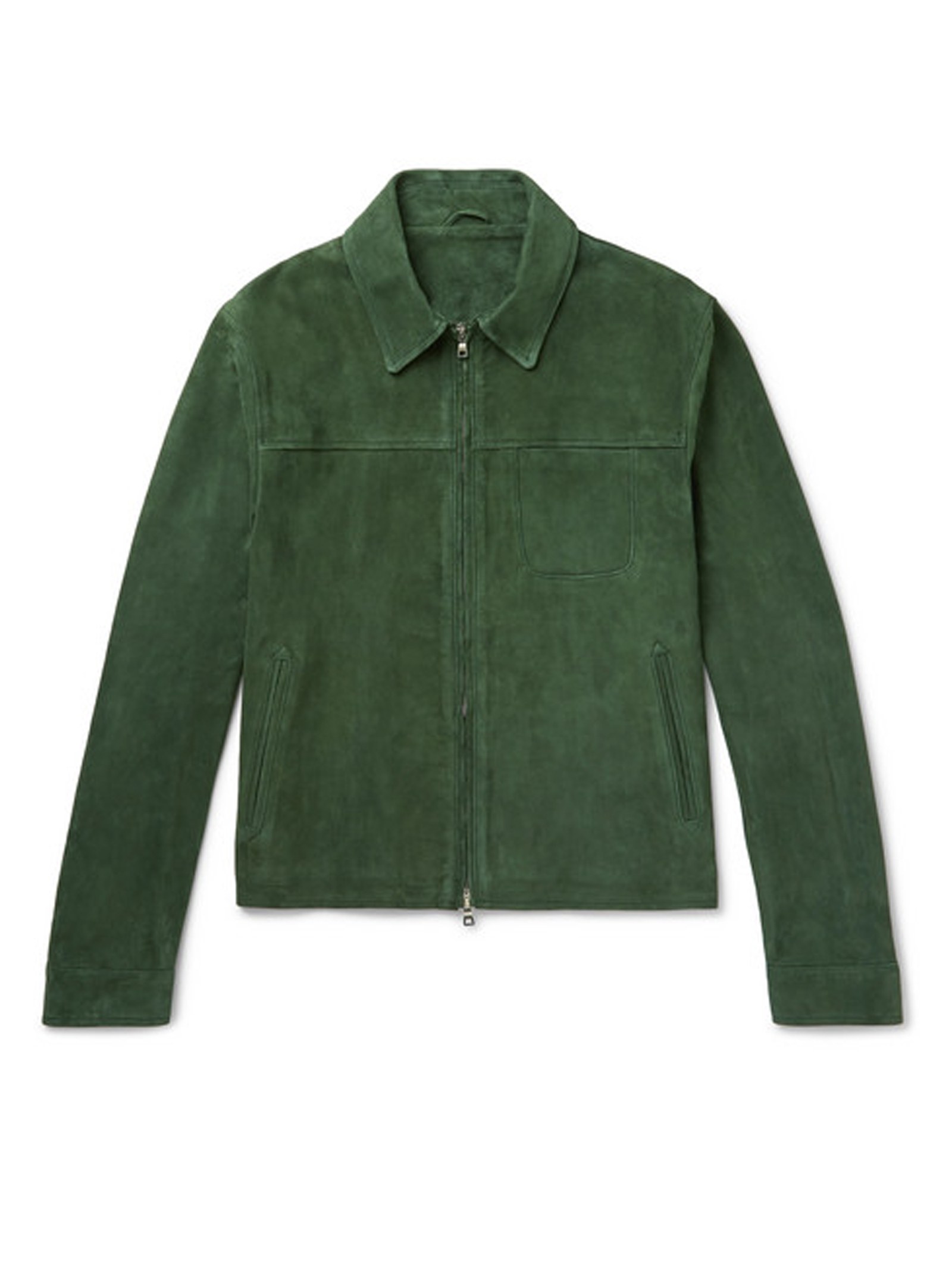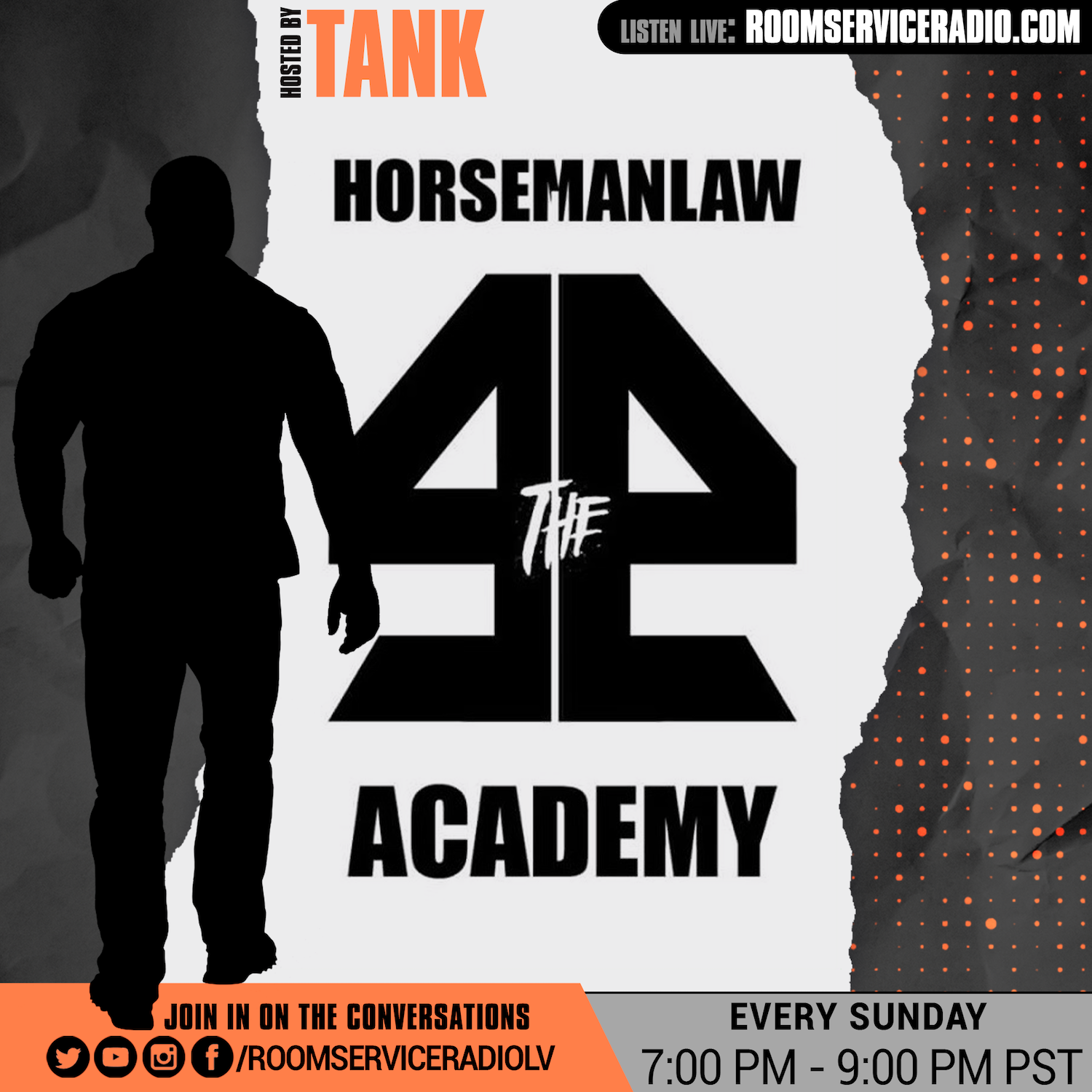
Your New Favorite Brand Is Designed By…Your Favorite Store
When Fiona Firth set out to create the perfect white oxford shirt, she didn’t head for her sketchbook or pull the design from somewhere deep in her cerebral cortex. Instead, in late 2017, she found herself standing in an office surrounded by 20 white button-up shirts. Models tried them on, and Firth studiously inspected them to clock the fit, fabric, button material, and length.
The shirts on parade were the 20 top-selling oxford shirts on Mr Porter—cumulative decades of work by the most respected designers to perfect the menswear staple oxford cloth button down. And Firth was scrutinizing them in her role as Mr Porter’s buying director, atomizing and distilling what she learned into a single product for the retailer’s in-house brand, Mr. P. This method is heresy, maybe, to the designer-worshipping crowd, who think of fashion as the product of a single-minded visionary—think “Jacobs by Marc Jacobs for Marc by Marc Jacobs.” But that scene in Firth’s office might also look a lot like the future of fashion design.
Mr P.’s suede blouson jacket
Mr P.’s cotton oxford shirt
That’s because Mr. P is just one of the countless private-label brands, as retailer-owned and -designed collections are known, that have popped up over the past couple years. They are everywhere across the menswear stratosphere: Union Los Angeles, Need Supply, and Totokaelo all launched one, while Target and Amazon sprouted several each; Kith, which started as a sneaker shop in the back of New York-based Atrium before pivoting dramatically to its own line, is proof of how dominant in-house brands can become. The rise of these collections tell a story not just about the supersizing of the menswear market, but about the way our increasingly digitized world determines what clothes look like—and how retailers are looking for any way they can to put a gap between them and competitors.
This isn’t exactly new; Barney’s, for example, has had a house line for years. But today’s retailers are more able than you’d expect to create in-house gear that is beloved. The change, naturally, has to do with the way the internet has changed our shopping habits. Mr Porter, which has been around since 2011, has socked away an incredible amount of data from its years selling over 500 different men’s brands. Design becomes like taking a test with all the answers. “We know what our customers are shopping intimately,” says Firth. “We can obviously see what they’re wearing, what they’re buying, and what they don’t like as well. We know what they’re sending back and what’s wrong with things.” Think of the little details that turn your add-to-cart thrill into a return-confirmed disappointment: the slightly sheer fabric, the millimeter-too-high neckline, the shirttail that occasionally pops out of your pants. If a retailer knows the things you don’t like, it can make clothes that…don’t share those details. It’s design solved by mass data aggregation.
But it’s not just about design decisions. All that data is also used to inform what categories to invest in, trends to follow, patterns to use, colors to spit out, and even the prices that will feel most reasonable to customers. When I ask Fanny Damiette, the vice president of brand and marketing at NTSO, which owns retailers Need Supply and Totokaelo, about putting data into action for the in-house brand Need, she gets into the complicated ways it can help her figure out, for example, how much money to spend on a hypothetical pop-up event in San Francisco. (How large is the customer base there? How much do they typically spend? What do they buy?)
Need’s dye tee
Need’s printed button-up shirt
This all amounts to a shift away from an auteur version of fashion to something closer to crowdsourced design. Any time a customer makes a purchase on one of these sites, they are feeding the data monster. If Need Supply suddenly starts selling hundreds of plaid shirts, you can bet the store’s brand will take steps to satiate that desire, says Damiette. It’s more granular than that, too: each purchase, in theory, moves these brands closer to clothing nirvana. While most designers can receive feedback on their own clothing, a retailer can figure out what’s working and what isn’t across the hundreds of brands they stock. While Firth may have surveyed those 20 shirts in the room, she says the Mr P. design team must have studied just under 100 styles before making their own. The idea is that the result is a shirt with all the best elements grafted together to make one definitive product to appeal to the most people.
Article written by Cam Wolf #GQ












